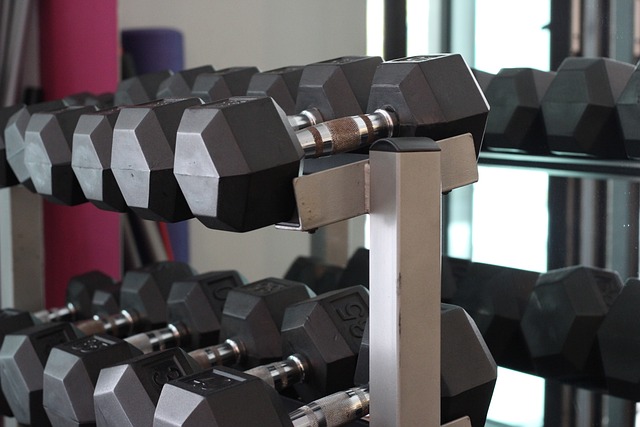Now that fall is settling in, the days are growing shorter, the temperatures are changing from hot to cool, and the humidity levels are changing, too. As the weather changes, the body needs to boost its immunity as people head indoors and come into close contact with other people who have germs that cause respiratory and stomach viruses. In addition, in autumn, the prevalence of allergies and rheumatic and digestive disorders increases due to the change in weather. Here is some information about preventing and treating the most common disorders that occur in autumn:
Asthma–This chronic inflammatory disease of the airways causes shortness of breath and coughing and is exasperated by low temperatures, increased humidity, and the increase in allergens, such as pollen, fungal, mold, and dust mites during the fall. If you suffer from asthma, you should consider Mold Remediation in Parkville, as well as try to avoid people who have colds or the flu, so that you don’t get those illnesses and suffer severe asthma attacks as a consequence.
Seasonal affective disorder (SAD)–As days shorten and the amount of natural light decreases, some people may become moody, lethargic and depressed. If you experience any of these symptoms, see your doctor or a psychotherapist, who might recommend light therapy, psychotherapy, or medications. You also could try installing an Led Wall Sconce.
Bronchitis, sinusitis and a stuffy nose–For many people, especially children and the elderly, autumn weather is bad for the immune system, so they become more vulnerable to respiratory infections. To prevent an infection, take Vitamin C, wash your hands frequently, and avoid people who have respiratory infections. If you come down with one, see your doctor for treatment
Ulcers–Ulcers are seasonal in appearance and tend to show up in autumn. Ulcers are caused by a high concentration of hydrochloric acid in the stomach, which may be due to a Helicobacter Pylori infection, poor hygiene, and poorly-processed meat. If you suffer from ulcers, consult with your physician, who may recommend antacids, antibiotics, quitting smoking, or cutting back on spicy foods.
Heart failure–Autumn’s lower temperatures and lower air pressure cause the heart to beat faster, blood vessels to contract, and the pressure on the arteries to increase. If you experience cardiac problems such as nausea, fatigue, shortness of breath, or unexplained increased heart activity, call your doctor immediately.
Arthritis–Fall’s high humidity and low temperatures can cause joint pain and inflammation in the finger joints, knees and spine. Contact your doctor, who may recommend anti-inflammatory medications or warm baths.









